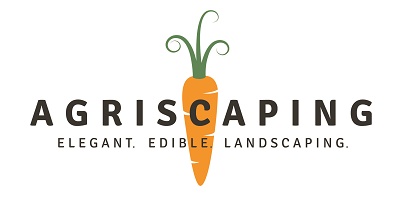Edible Flowers: Expectations versus Reality

Edible Flowers: Expectations versus Reality
Many of us have stared at the parsley garnish on our plate at some point in our life wondering whether or not we are supposed to eat it.
While parsley has been used for hundreds of years to freshen breath after a meal, the use of edible flowers in meals is growing faster than ever! In the past three decades, flowers have been used to add flavor, fragrance and complexity to meals. Flowers are a timeless culinary delight, and a beautiful addition to many meals and beverages!
But, do edible flowers taste good or are they just there to look pretty? The answer is that many flowers taste as good as they look. Before introducing them to family and friends, you may want to taste them yourself to make sure they meet your expectations!
Some of our favorite edible summer flowers include:
Bee Balm: Often used in drinks and salads, Bee Balm has a mild sweet flavor. The flower is typically purple, red, pink or white and attracts pollinators including hummingbirds and butterflies
Calendula: Has a peppery, saffron-like taste and is used to add complexity to salads. The flower is typically orange and yellows. Calendula is also used medicinally as well.
Celosia: Its flavor can vary widely depending on growing conditions and harvest date. It typically has a bitter-sweet flavor and is used in stir fries. Its green and burgundy leaves are often used in salads. Flowers are typically red, orange and yellow.
Daylily: The petals of the daylily are used in drinks, salads and desserts. They have a sweet succulent flavor. Flowers are typically purple, red, pink and yellow.
Hibiscus: The mild, sweet and sometimes citrus-y flavor is often used in teas and punches, as well as some salads. Flowers are typically pink, yellow and orange.
Hollyhock: The red, pink, orange and yellow flowers and petals have a sweet garnish flavor that is also used in salads.
Marigold: The taste of the purple, red, pink and white flowers range from sweet and lemony to peppery. They are often used in salads and have the added benefit of being a pest deterrent.
Sunflower: Sunflower buds and petals have mild taste that is reminiscent of sunflower seeds. Seeds may be roasted and petals and buds are also used in salads. Sunflowers typically come in red, orange and yellow.
Never eat flowers from a bouquet, florist or roadside stand. Most of these have been sprayed with pesticides and preservatives that can be harmful if consumed. Not all flowers are edible so stick to known edible lists – such as our free Edible Flower Guide – when introducing them into your diet. BE CAREFUL and only eat from trusted sources that grow them in the same way they grow vegetables.
Next week we’ll discuss what you need to know about growing edible flowers.
To find out what webinars or live classes are available for free click here!

